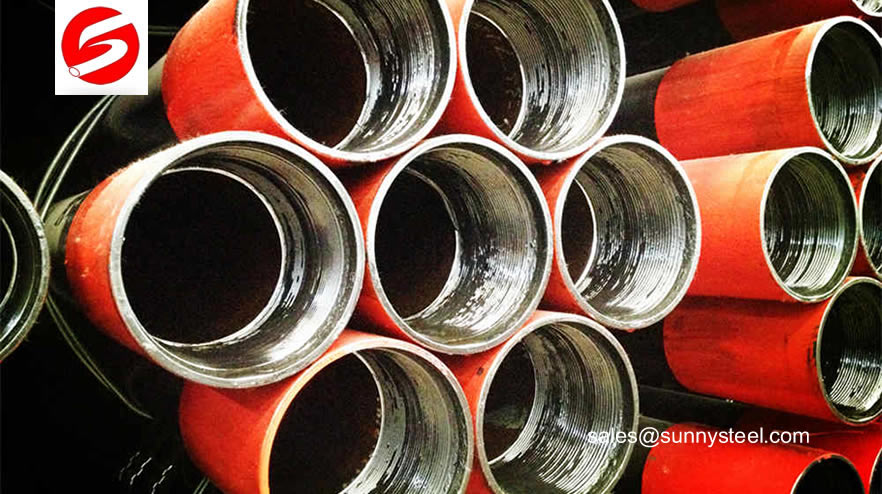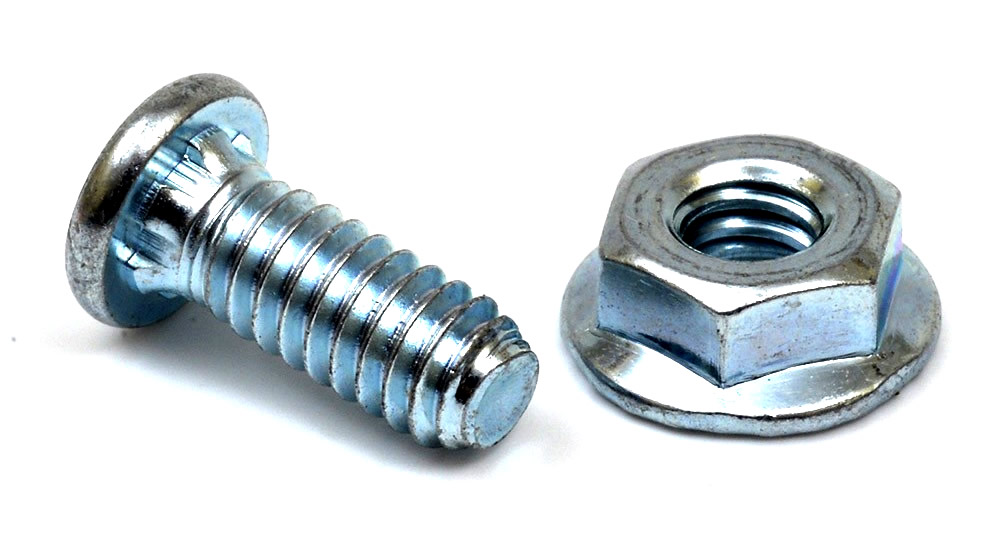ASTM A333 Pipe shall be made by the seamless or welding process with the addition of no filler metal in the welding operation.
ASTM A333 Frequently used name: killed carbon steel
This specification covers nominal (average) wall seamless and welded carbon andalloy steel pipe intended for use at low temperatures. Several grades of ferritic steel are included.
Some product sizes may not be available under this specification because heavier wall thicknesses have an adverse affect on low-temperature impact properties.
Material & Manufacture
ASTM A333 Pipe shall be made by the seamless or welding process with the addition of no filler metal in the welding operation.
Heat Treatment Requirements
- All seamless and welded pipe shall be treated to control their microstructure by the following methods:
- Normalizing per A 333/A 333M-05 section 4.2.1.1; section 4.2.1.2 or section 4.2.1.3
- Quenched and Tempered per A 333/A 333M – 05 section 4.2.2.1
- Double Normalized and Tempered per A 333/A 333M – 05 section 4.2.2.2
Chemical Requirements
| Data | Composition, % | ||
| Element | Grade 1 | Grade 3 | Grade 6 |
| Carbon, max | 0.30 | 0.19 | 0.30 |
| Manganese | 0.40 – 1.06 | 0.31 – 0.64 | 0.29 – 1.06 |
| Phosphorous, max | 0.025 | 0.025 | 0.025 |
| Sulfur, max | 0.025 | 0.025 | 0.025 |
| Silicon | 0.18 -0.37 | 0.10 min | |
| Nickel | 3.18 – 3.82 | ||
For each reduction of 0.01% carbon below 0.30%, an increase of 0.05% manganese above 1.06% would be permitted to a maximum of 1.35% manganese.
When Grade 6 is ordered under this specification, supplying an alloy grade that specifically requires the addition of any element other than those listed for the ordered grade is not permitted. However, the addition of elements required for the deoxidation of the steel is permitted.
When Grade 6 is ordered under this specification, supplying an alloy grade that specifically requires the addition of any element other than those listed for the ordered grade is not permitted. However, the addition of elements required for the deoxidation of the steel is permitted.
TENSILE REQUIREMENTS
The material shall conform to the requirements as proscribed:
| Grade 1 | Grade 3 | Grade 6 | |||||
| psi | MPa | psi | MPa | psi | MPa | ||
| Tensile Strength, min | 55,000 | 380 | 65,000 | 450 | 60,000 | 415 | |
| Yield Strength, min | 30,000 | 205 | 35,000 | 240 | 35,000 | 240 | |
| Longitudinal | Transverse | Longitudinal | Transverse | Longitudinal | Transverse | ||
| Elongation in 2 in. or 50 mm, (or 4D), min, %: | |||||||
| Basic minimum elongation for walls 5/16 in. [8 mm] and over in thickness, strip tests, and for all small sizes tested in full section | 35 | 35 | 30 | 20 | 30 | 16.5 | |
| When the standard round 2-in. or 50-mm gage length or proportionally smaller size test specimen with the gage length equal to 4D (4 times the diameter) is used | 28 | 20 | 22 | 14 | 22 | 12 | |
| For strip tests, a deduction for each 1/32in. [0.8 mm] decrease in wall thickness below 5/16 in. [8 mm] from the basic minimum elongation of the following percentage | 1.75 | 1.25 | 1.50 | 1.00 | 1.50 | 1.00 | |
| Elongation in 2 in. or 50 mm, min, %: | |||||||
Impact Requirements
For Grades 1, 3 and 6, the notched-bar impact properties of each set of three impact specimens, including specimens for the welded joint in welded pipe with wall thicknesses of 0.120 in. [3 mm] and larger, shall not be less than the values prescribed:
| Size of Specimen, min | Minimum Average Notched Bar Impact Value of Each Set of Three Specimens | Minimum Notched Bar Impact Value of One Specimen Only of a Set | Impact Temperature | |||||
| ft-lbf | J | ft-lbf | J | Grade | Min Impact Test Temp | |||
| 10 by 10 | 13 | 18 | 10 | 14 | F | C | ||
| 10 by 7.5 | 10 | 14 | 8 | 11 | 1 | -50 | -45 | |
| 10 by 6.67 | 9 | 12 | 7 | 9 | 3 | -150 | -100 | |
| 10 by 5 | 7 | 9 | 5 | 7 | 6 | -50 | -45 | |
| 10 by 3.33 | 5 | 7 | 3 | 4 | ||||
| 10 by 2.5 | 4 | 5 | 3 | 4 | ||||
Mechanical Testing
Transverse or Longitudinal Tension Test and Flattening Test, Hardness Test, or Bend Test
For material heat treated in a batch-type furnace, tests shall be made on 5% of the pipe from each treated lot. For small lots, at least one pipe shall be tested.
For material heat treated by the continuous process, tests shall be made on a sufficient number of pipe to constitute 5% of the lot, but in no case less than 2 pipe.
Hydrostatic Test
Impact Test
One notched bar impact test, consisting of breaking three specimens shall be made from each heat represtented in a heat-treatment load on specimens taken from the finished pipe.
For material heat treated in a batch-type furnace, tests shall be made on 5% of the pipe from each treated lot. For small lots, at least one pipe shall be tested.
For material heat treated by the continuous process, tests shall be made on a sufficient number of pipe to constitute 5% of the lot, but in no case less than 2 pipe.
Hydrostatic Test
Impact Test
One notched bar impact test, consisting of breaking three specimens shall be made from each heat represtented in a heat-treatment load on specimens taken from the finished pipe.
Order Information
Orders for material under this specification should include the following, as required, to describe the desired material adequately:
| Quantity | Feet, centimeters, or number of lengths | ||||
| Name of material | Seamless or Welded Pipe | ||||
| Grade | Grade 1, Grade 3, or Grade 6 | ||||
| Size | NPS or Outside Diameter and Schedule Number of Average Wall Thickness | ||||
| Length | Specific or Random | ||||
| End Finish | |||||
| Optional Requirements | |||||
| Heat Analysis Requirement | |||||
| Stress Relieving | |||||
| Repair by Welding | |||||
| Other Temperatures for Impact Test | |||||
| Hydrostatic Test or Nondestructive Electric Test | |||||
| Test Report Required | |||||
| Specification Designation and | |||||
| Special Requirements or Exceptions to this Specification | |||||
Referenced Documents
- A370 Test Methods and Definitions for Mechanical Testing of Steel Products
- A671 Specification for Electric-Fusion-Welded Steel Pipe for Atmospheric and Lower Temperatures
- A999/A999M Specification for General Requirements for Alloy and Stainless Steel Pipe
- E23 Test Methods for Notched Bar Impact Testing of Metallic Materials











Comments